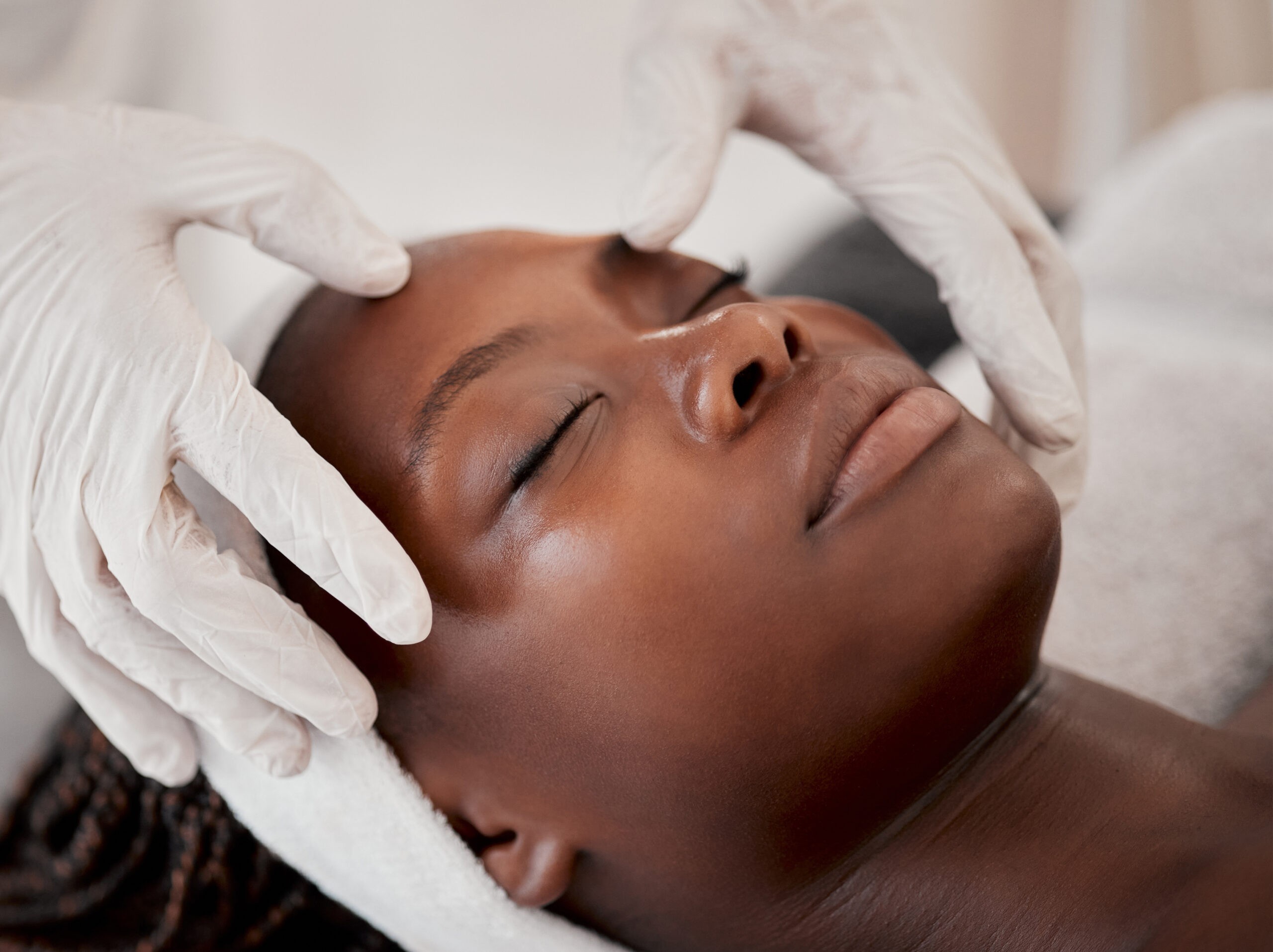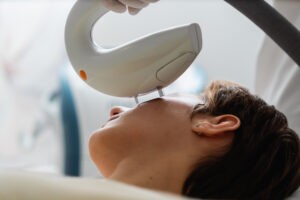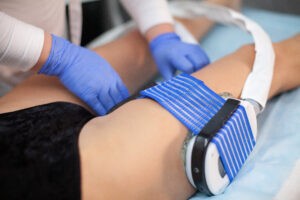
Understanding FaceTite: A Modern Approach to Skin Tightening
As we age, our skin naturally starts to sag, and we begin to notice changes like jowls, smile lines, and loose skin on the neck. These changes are a normal part of growing older, but many people seek ways to restore a firmer, more youthful appearance. One treatment gaining popularity for this purpose is FaceTite—a minimally invasive procedure that tightens the skin using radiofrequency energy.
If you’re considering a skin tightening treatment, it’s important to understand how long FaceTite lasts and how it compares to other non-surgical and surgical options. Let’s explore different treatments side by side and evaluate what provides the best long-term results for youthful, toned skin.
What Is FaceTite and How Does It Work?
FaceTite is a non-surgical cosmetic procedure that uses radiofrequency-assisted lipolysis (RFAL) to melt fat and stimulate collagen production under the skin. A small probe is inserted just beneath the skin’s surface while a second probe runs along the outside. The heat generated by the radiofrequency waves firms tissues and tightens loose skin in areas such as the jawline, cheeks, and neck.
The treatment is usually done under local anesthesia, and recovery time is minimal compared to traditional surgery. Most patients can return to light activities within a few days.
How Long Do FaceTite Results Last?
One of the biggest draws of FaceTite is its longevity. Most patients see noticeable results within a few weeks, with full improvements developing over three to six months as collagen builds. Results typically last 3 to 5 years, making FaceTite a long-lasting solution for moderate skin laxity.
However, longevity also depends on lifestyle habits, age, genetics, sun exposure, and how well the skin is maintained post-procedure. A healthy skincare routine and avoidance of sun damage can help prolong effects.
Comparing FaceTite to Other Popular Treatments
To better understand how FaceTite stacks up, let’s look at how it compares in duration and effectiveness to other non-surgical options—and a few surgical ones.
Morpheus8
Morpheus8 combines microneedling with radiofrequency energy to target the deeper layers of the skin. It boosts collagen and elastin but does not penetrate fat layers like FaceTite can. Typically, multiple sessions are required for full results.
Results last: Around 1 to 2 years, with maintenance treatments often recommended.
While Morpheus8 provides visible skin tightening, FaceTite offers deeper lifting and fat contouring in a single session with longer-lasting outcomes.
Ultherapy
Ultherapy is a non-invasive treatment using ultrasound waves to stimulate collagen deep within the skin. It’s FDA-approved for brow, chin, and neck lifting. Like FaceTite, results appear over time as collagen develops.
Results last: About 1 to 2 years, depending on age and skin condition.
FaceTite is more aggressive in terms of lifting and contouring. It also provides longer-lasting results and greater tightening for those with more significant sagging.
Thread Lifts
Thread lifts use dissolvable sutures inserted beneath the skin to provide a lifting effect. The threads also encourage collagen production. This procedure is useful for early signs of aging but has fewer long-term benefits.
Results last: 6 to 18 months.
While thread lifts are less invasive and require almost no downtime, FaceTite offers a more permanent solution with more dramatic results.
Dermal Fillers
Fillers like Juvederm and Restylane restore volume to lose sagging areas, especially around the cheeks and mouth. However, they do not actually tighten skin or improve its structure.
Results last: 6 to 18 months, depending on the type used.
Fillers can complement skin tightening treatments but do not replace FaceTite in terms of lifting and firming. Many patients actually combine fillers with FaceTite for enhanced facial rejuvenation.
Facelift Surgery
For individuals with significant facial aging, a surgical facelift remains the most transformative option. It removes excess skin and repositions tissues for a lifted, youthful look.
Results last: 7 to 10 years or more.
Although facelifts offer the longest-lasting improvement, they come with longer downtime, higher costs, and more extensive risks. FaceTite stands out as a middle ground—providing firming and lifting without the trauma of surgery.
When Is FaceTite the Best Option?
FaceTite is ideal for individuals in their 30s to 60s who experience mild to moderate facial sagging but aren’t ready to commit to a full surgical facelift. It’s especially helpful for:
- Defining the jawline and reducing jowls
- Tightening skin on the lower face and neck
- Reducing small fat pockets while smoothing contours
It’s also a favorite for people who want long-lasting results without scars, general anesthesia, or an extended recovery.
How to Maintain Your Results
Whether you choose FaceTite or another treatment, maintaining your results is key. Follow these simple steps:
- Use quality sunscreen every day
- Maintain a consistent skincare routine focused on hydration and collagen support
- Avoid smoking and excessive alcohol
- Consider follow-up treatments like Morpheus8 or skin resurfacing lasers to enhance and extend results
The Bottom Line: Comparing Longevity Made Simple
Here’s a quick breakdown of how long results last for popular skin tightening treatments:
- FaceTite: 3 to 5 years
- Morpheus8: 1 to 2 years
- Ultherapy: 1 to 2 years
- Thread Lift: 6 to 18 months
- Dermal Fillers: 6 to 18 months
- Facelift Surgery: 7 to 10 years
FaceTite offers the perfect blend of results and convenience. It lasts longer than most non-surgical options while avoiding the downtime and risks of traditional surgery.
Book Your Consultation Today
Interested in seeing if FaceTite is the right fit for your aesthetic goals? Our experienced team is here to guide you through personalized options that match your needs and lifestyle. Schedule a consultation today to explore how FaceTite can help you achieve firmer, younger-looking skin that lasts.

